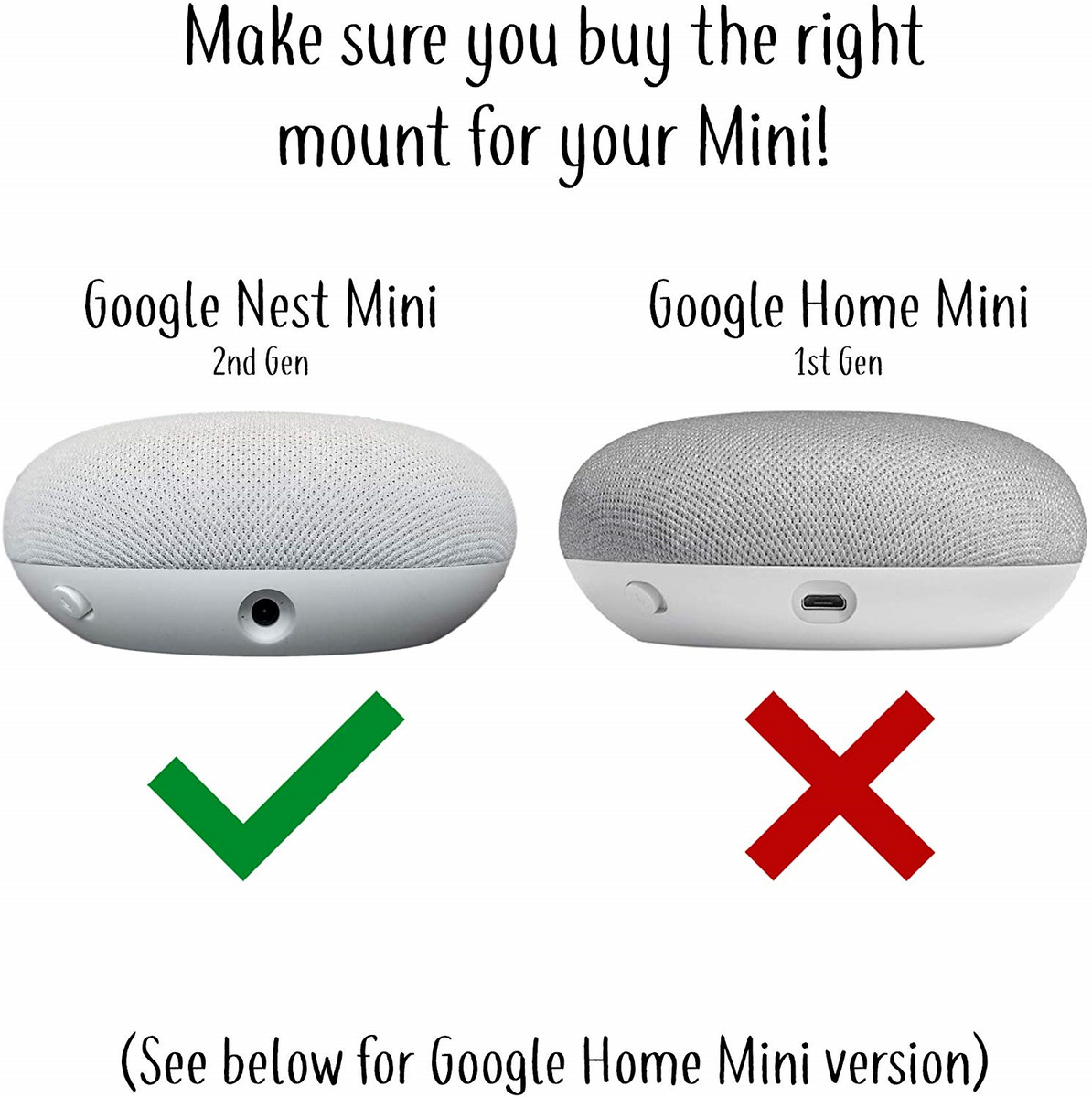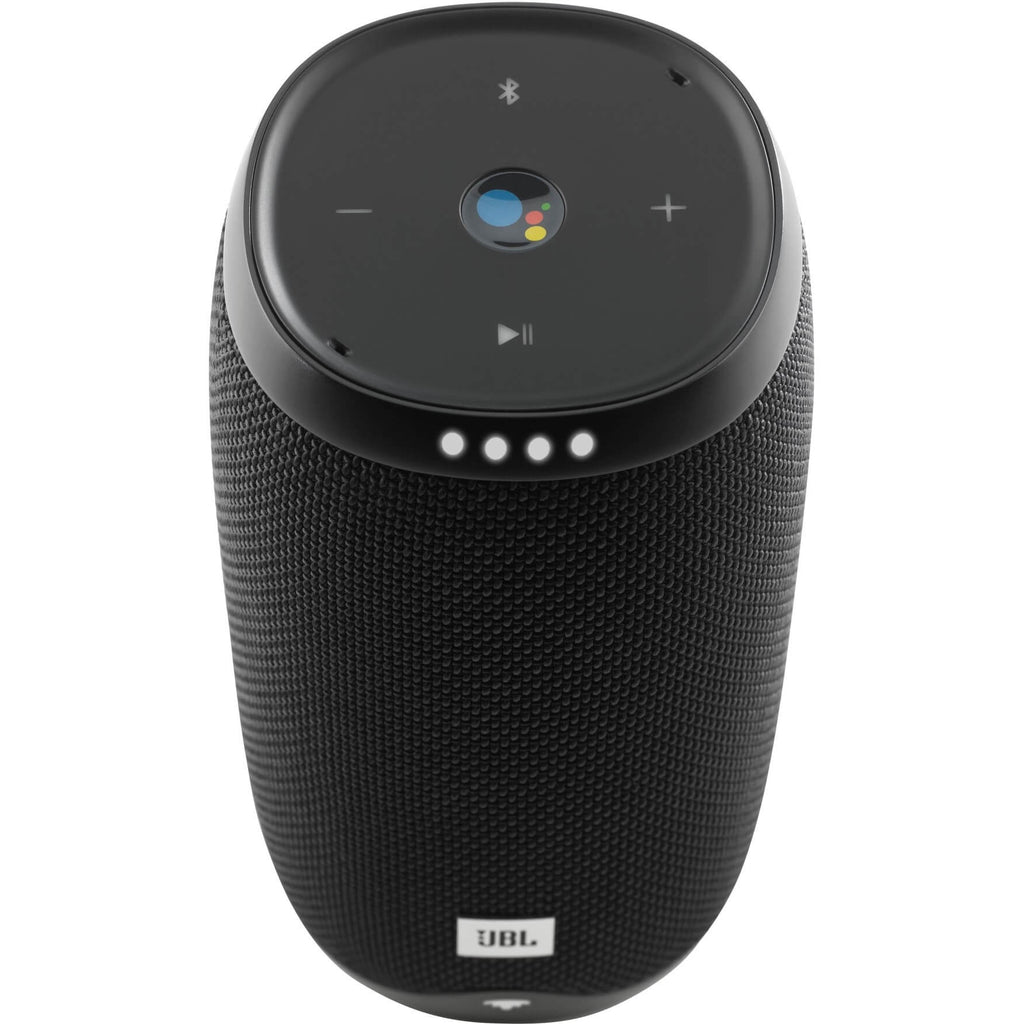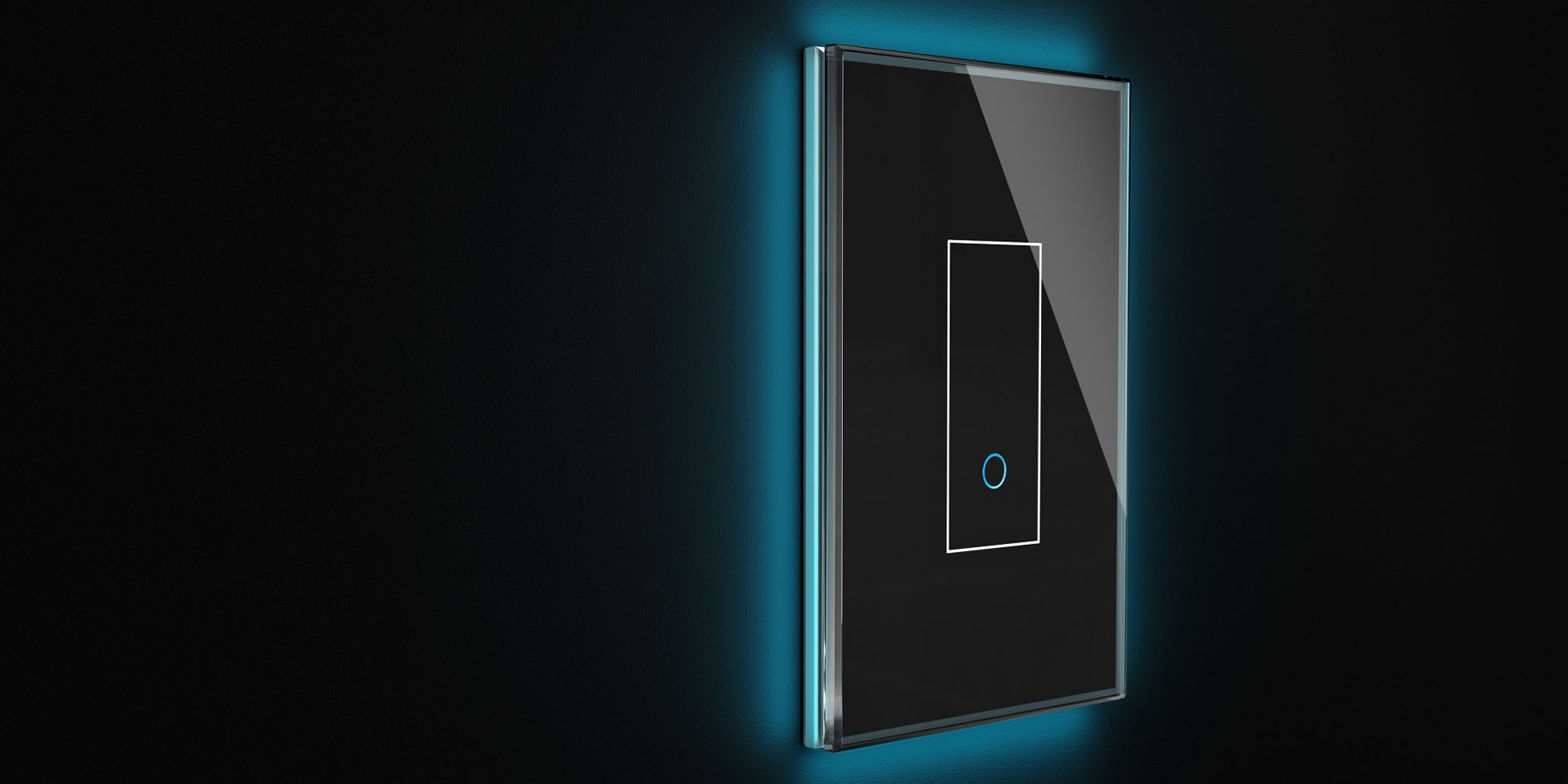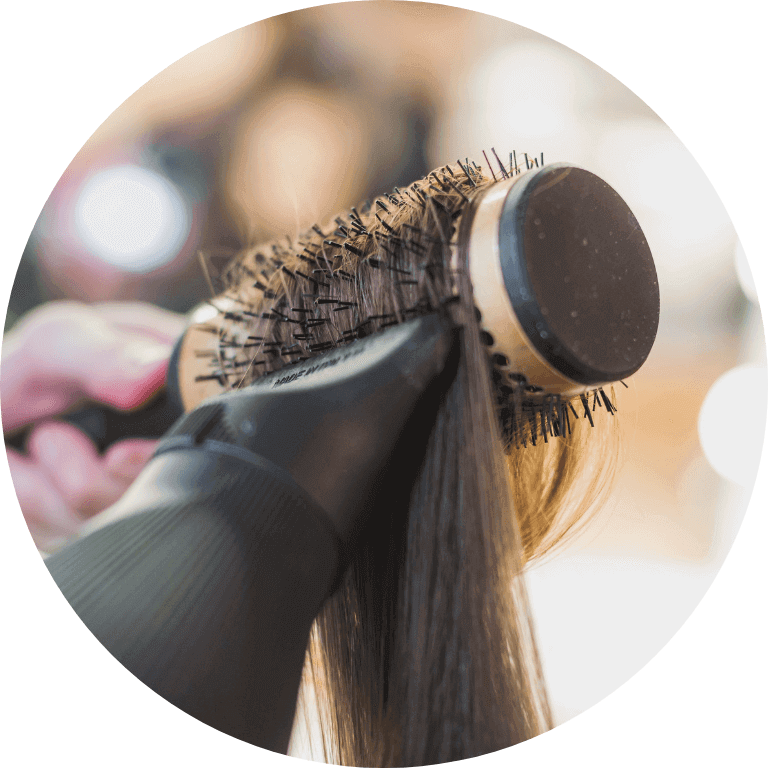Table of Content
Cast-web-api is running, can be accessed from my phone web browser as well, so it is not a connection issue. The only thing I don’t have is SmartThingsHub . Once you’ve added all of your devices to Webcore, open the Webcore smartapp once again and register a browser. Scroll to the bottom and locate the cast web – service manager. Rooms that you’ve previously set up in your Google Home app won’t work with your SmartThings app. So, you’ll need to add devices to rooms in the Google Home Control so you can control them with Google Assistant.

Google Home is a portable smart speaker having a dimension that’s approximately 143mm x 96mm x 96mm. This portable speaker has a Google assistant as its built-in virtual assistant. Over a wireless connection, its smart virtual assistant can stream music, news, movies, weather information, sports, and so on from the cloud. They even provide answers to questions, send messages, make online purchases, set the alarm, check the time, and traffic. You can use them to translate words or phrases or check their meaning in a dictionary. Provided you’ve already got the smart things hub, incorporating the use of a Google Home will be an excellent addition.
How to set up Google Assistant with SmartThings
It takes great people, like yourself, to develop this and create guides on "how to's" to create this. I hope to set something like this up in my home one day using a raspberry pi setup like your article described. You would need a SmartThings hub for this to work.

This is because, among all benefits accrued to this setup, it enables you to voice control your smart home devices. However, suppose you have already purchased a smart plug and use it along with the Google Home. In that case, the smartThings hub becomes a needless addition. Since both, the functions performed by a smart plug is quite similar to that of the hub. Tap on “SmartThings” and enter your account email address and password to sign in.
How to Add Google Home to Samsung SmartThings
Look at ZigBee devices as an example, if you want to control them, you need a hub. If you haven’t, I recommend following the community installer instructions in Step 2 of my SmartThings garage door opener guide. It will take a few minutes for the program to finish installing.
Then, choose your smartThings location and tap on “Authorize” to grant permission to all devices. Tap on “Done” and “Got it” in order to finalize all the setup. Essentially, once you've connected Google and SmartThings, you'll get seamless control using Google Assistant or the Google Home app. This way you can use voice commands to control all smart devices in your house – turn the lights on or off, set the heating, and lock the doors. Pairing the Samsung smartThings hub with the Google Home speaker incorporates the hub with a unique feature.
thought on “Do You Need A Smartthings Hub With Google Home?”
It is compatible with other brands of devices like Yale, First Alert, Honeywell, OSRAM LIGHTIFY, Schlage, Cree, Bose, and others. “In the coming weeks,” Google Home and SmartThings will introduce a multi-admin feature that will eliminate this requirement for users of the two apps. If a Matter device is set up in one app, it will be a one-click option to add it to the other. The process isn’t fully automatic, as users can choose whether or not to add the device to each respective smart home app. The easiest way to do this for all your devices is to stand next to one of your Google speaker devices and scroll the volume up from the app. If you hear the volume click, you’ve found the correct device!
If motion is detected by Ring Doorbell, then play witch laughing sounds on Front Door Google Mini. It’s not easy but I do that using NodeRed, a software installed on a Raspberry Pi . Smartthings is slow when it comes to integrating new devices. I m an electrician and my customers dont get my recommendations. Ignore what was written above, it’s not a Google Home limitation, it’s a SmartThings limitation, they just don’t want to do it, you are correct.
It has an LED indicator light that indicates when the assistant has heard your voice command and is responding. Furthermore, it possesses a physical button for turning off and on the microphone. When the next screen pops up, change the location dropdown to your cast device. Once all the devices you want are selected, click Add A Task. Select all the Google Home devices you want to add to SmartThings.

How to play Audible on Android TV (without using screen... I haven't used SmartThings in over a year since switching to Home Assistant. The ability to broadcast a message based on an action has been a big missing for me. Hopefully this guide was easy enough to follow. I’ll be perfectly honest – I moved away from SmartThings to Home Assistant almost two years ago, so I’m not entirely sure if everything in my guide still works.
Once the Community Installer is installed, simply open the Community Installer smartapp & search for Webcore to install it. Before you connect SmartThings and Google Home, there are several things that you should prepare. First, you should download the Google Home app so you can set the devices, and SmartThings app to customize your SmartThings devices.
Open the Google Home app and ensure the Google account listed is the one you used to set up your Google Home. Have you added Google Home to your SmartThings hub? How’s the entire setup working, are there any issues? Share your experience with these innovative systems in the comments section below. You may assign multiple devices to a room, or even add multiple rooms to the app.
This allows you to “broadcast” any text you to any of your Google Home speakers! There are two apps available for download that are compatible with the hub. Available in your smartphone’s store, we have SmartThings Classic and SmartThing apps. One significant thing to look out for is that the SmartThings Classic does not allow you to assign multiple hubs to one location. With the smartThings hub, you can automate connected devices to turn on and off as people come in and go out using the door and more. They can also be automated to execute certain routines for specific commands such as Good morning, Goodnight, Goodbye, and more.

When your Google Home is a part of the SmartThings hub, you can sit back and relax. If you’re already tucked in and ready to sleep and you remember that you haven’t turned off the bathroom lights – just say it. That’s still running on a server and simply casting the audio to the Home. Don’t worry if you’ve never used Webcore before, the instructions are step-by-step in the link above. They would give me a bunch of random phrases, I’d type them in, and then I’d let them test with a SmartThings button (also works with this Hank-Z button). Cast-web api works great for text-to-speech – I highly recommend setting it up.
Select the “Add” button under the “Devices” section. It looks like the current “state of the art” approach is to run a “relay” server as below. Unfortunately I don’t, I switched over to Home Assistant 2 years ago.


No comments:
Post a Comment